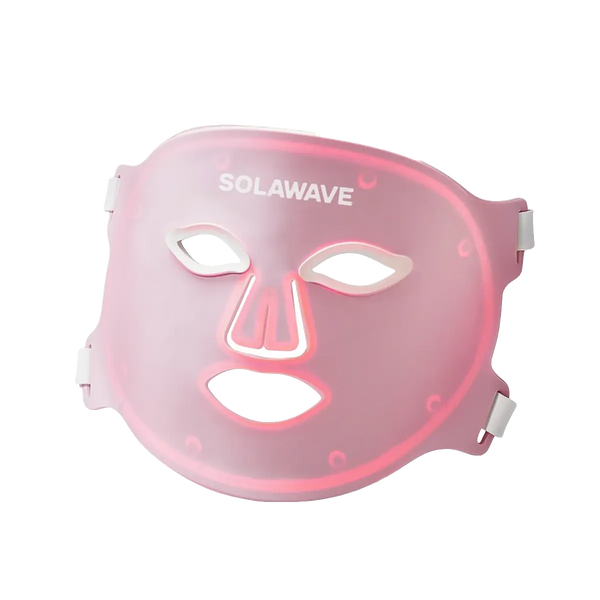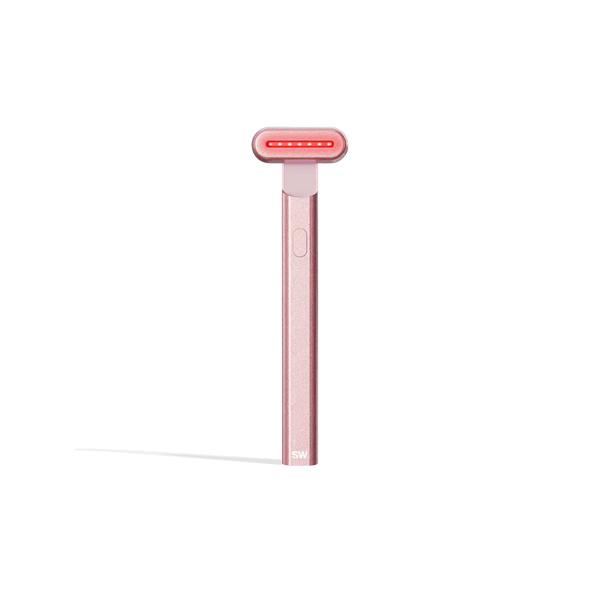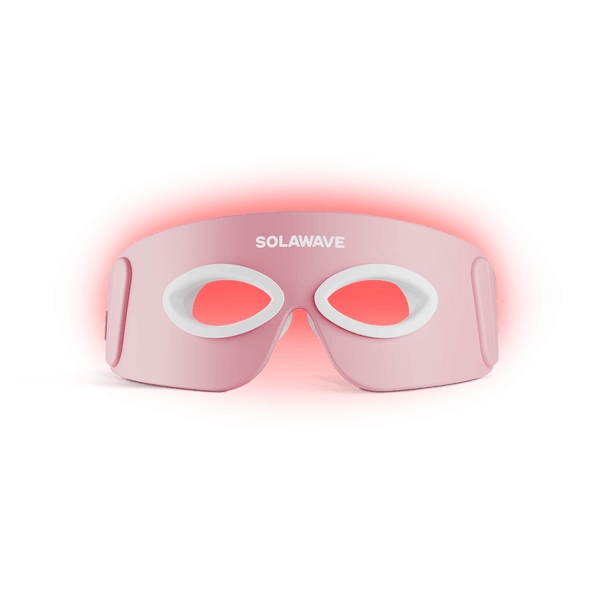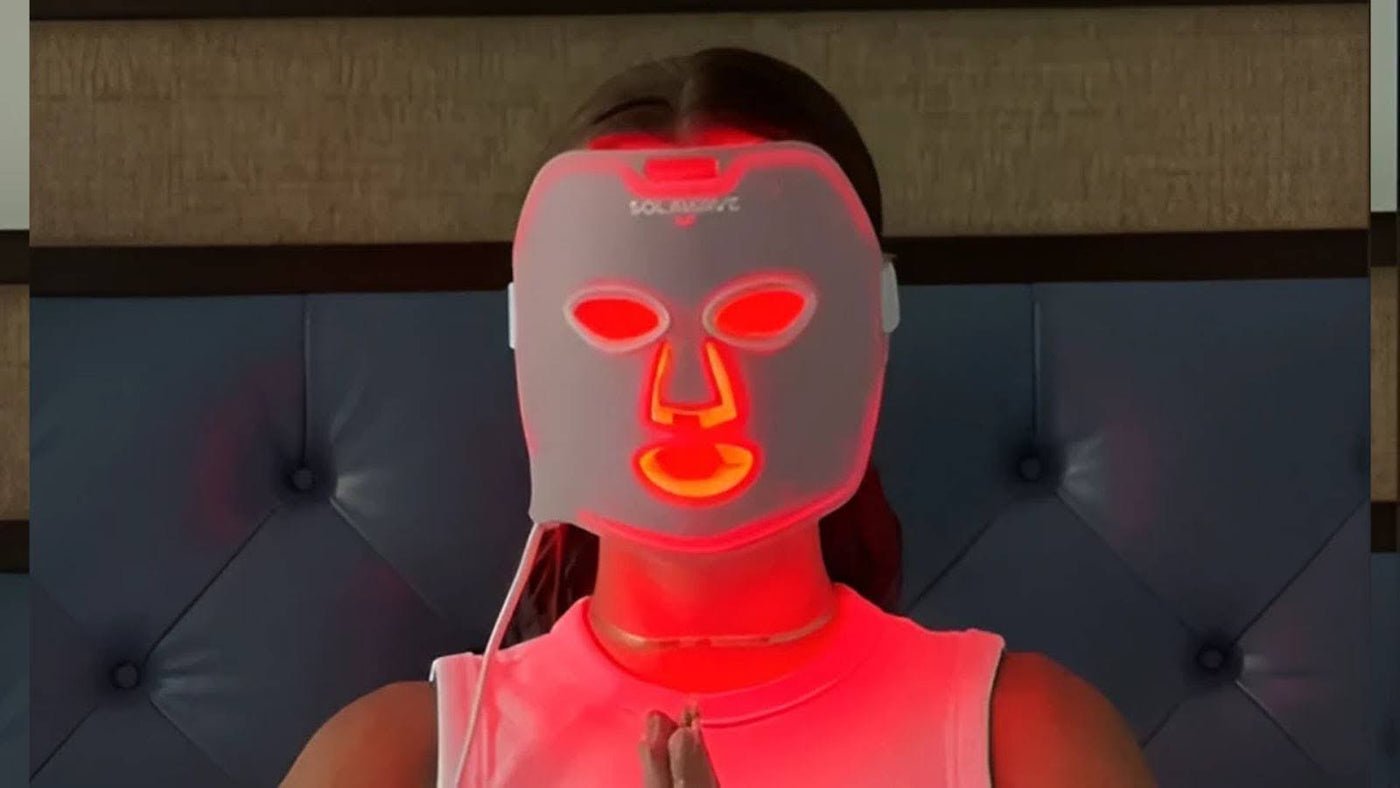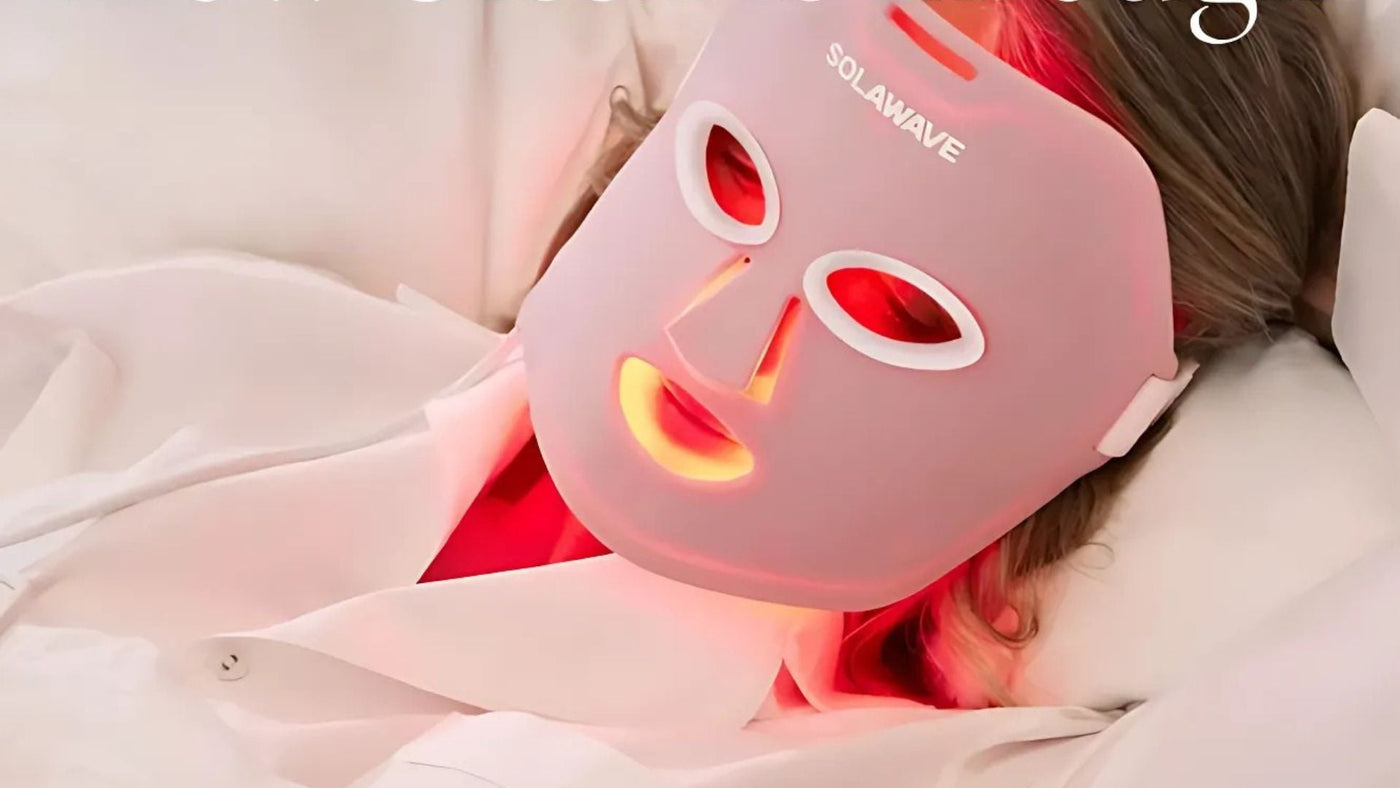 Red Light Therapy
Red Light Therapy
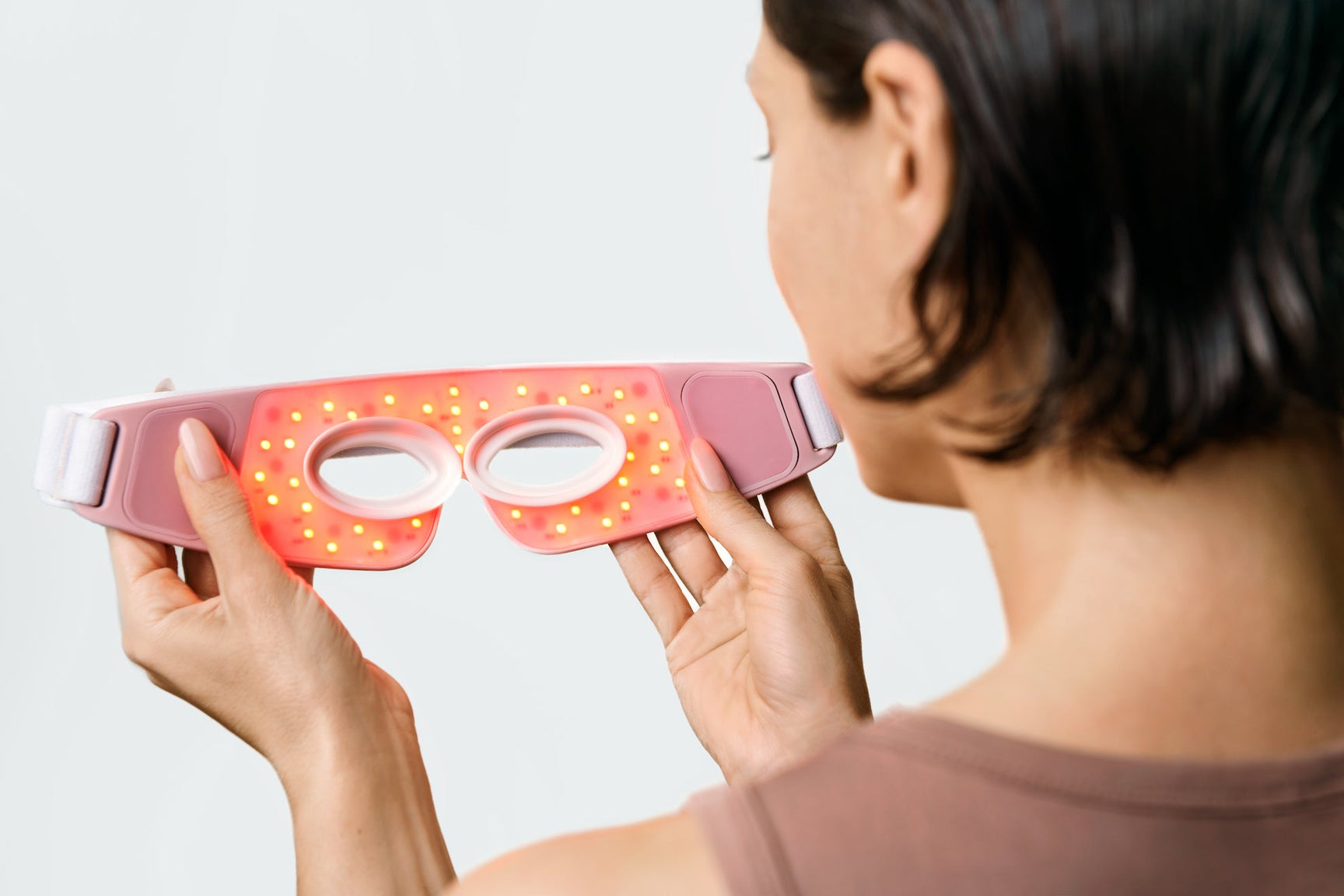
Which Red Light Therapy Wavelengths Work Best?
If you’ve tried red light therapy and haven’t seen the results you hoped for, you might be wondering if you are using the optimal wavelength. Red light therapy is available in various wavelengths such as 650nm, 670nm, and 850nm, and picking one can be tricky, especially if you don't understand the difference between them. Understanding the differences between wavelengths can help you choose the one most suitable for your needs and goals. Whether your goal is healthier skin, faster muscle recovery, or easing discomfort, there's an optimal wavelength for each. In this article, we've compared different red light therapy wavelengths, talked about potential benefits, and provided simple tips to help you pick the right option for you.
What Is Red Light Therapy and How Does It Work?
Red light therapy (RLT) is a non-invasive treatment that uses low-level wavelengths of red and near-infrared light to enhance cellular function. Unlike harmful UV rays, RLT is safe for your skin and body. These wavelengths penetrate the skin at specific depths, interacting with mitochondria, the energy centers of cells. This interaction supports adenosine triphosphate (ATP) production, fueling vital processes like tissue repair, promoting healthier-looking skin by supporting collagen production, and helping reduce visible inflammation.
What Are the Benefits of Red Light Therapy Wavelengths?
-
Enhanced Collagen Production: Red light therapy supports the fibroblasts responsible for collagen creation, boosting skin elasticity and reducing the appearance of fine lines and wrinkles.
-
Reduced Inflammation: Certain wavelengths help diminish inflammatory markers, soothing discomfort and fostering faster recovery.
-
Improved Circulation: RLT enhances blood flow to treated areas, helping deliver essential nutrients and oxygen to support healthy-looking skin and tissue repair.
-
Accelerated Wound Healing: By energizing cells and reducing visible inflammation, RLT promotes faster healing of cuts, burns, and other wounds.
-
Muscle Recovery & Reduced Soreness: RLT helps ease muscle pain and accelerates recovery post-exercise by addressing visible inflammation and improving cellular function.
Which Red Light Therapy Wavelengths Work Best?
The "best" red light therapy wavelength depends on your goals. While both red and near-infrared wavelengths offer unique benefits, 660nm and 850nm are particularly versatile. The 660nm red light is ideal for surface-level concerns such as fine lines or wrinkles, as it targets the skin's upper layers. The deeper-penetrating 850nm near-infrared light is excellent for muscle recovery, joint discomfort, and deeper tissue rejuvenation. Many devices combine these wavelengths to provide a holistic treatment approach. Understanding your specific needs can help you select the most suitable wavelength for maximum benefits.
How Does 650nm Red Light Therapy Benefit Skin Health?
Studies have shown light between 600 nm and 1300 nm to be effective, and the 650nm wavelength falls within that range. Hence, it can be said to be beneficial for skin rejuvenation, as it is absorbed well by the superficial skin layers. The light works to activate fibroblasts, the essential cells that produce collagen, resulting in improved skin texture and elasticity. This wavelength also helps boost circulation, enhancing the delivery of oxygen and nutrients to the skin, giving it the appearance of a brighter and more even tone. Additionally, it can help to visibly reduce inflammation, address common skin concerns, and contribute to glowing, healthier-looking skin.
Is 670nm Wavelength Effective for Reducing Inflammation?
As noted above, the 670nm red light wavelength also falls within the wavelength range known to be effectively helpful at minimizing visible inflammation. This wavelength interacts with cytochrome c oxidase, a vital enzyme for cell energy production, to suppress pathways associated with inflammation. This wavelength reduces the appearance of redness, swelling, and discomfort by balancing cellular processes. It is often used for addressing musculoskeletal discomfort and visible skin-related irritation, providing a non-invasive complement to traditional skincare methods.
Can 850nm Near-Infrared Therapy Penetrate Deeper Tissues?
The 850nm Near-Infrared Light Therapy (NIR) wavelength is known for its ability to penetrate deeper into the body compared to visible red light. While red light mainly affects the upper layers of the skin, 850nm NIR can reach muscles, joints, and even some bone tissue. This deeper penetration is possible because NIR light is less absorbed by melanin and hemoglobin, allowing it to pass through the skin and target underlying tissues. Research shows that exposure to 850nm NIR can support cellular energy production, which may help promote muscle recovery and support tissue health. However, it’s important to remember that Near-Infrared Light Therapy is not a cure or treatment for any medical condition, and its effects can vary from person to person. Always consult a healthcare professional for advice on managing pain or injury.
What Wavelengths Are Most Effective for Pain Relief and Muscle Recovery?
Combining 850nm near-infrared light with 660nm red light might be more effective at delivering optimal results for both pain relief and muscle recovery. The 850nm wavelength penetrates deeply, helping reduce visible inflammation and facilitating tissue repair. Meanwhile, 660nm aims to support increased circulation, aiding the body’s natural repair processes. This dual-wavelength approach can help create complementary effects, addressing multiple aspects of recovery and discomfort to optimize results, which can be especially helpful for athletes and those managing ongoing muscle tension.
Is 810 or 830 Red Light Therapy Better?
Both 810nm and 830nm wavelengths are forms of near-infrared light therapy that can reach deep into your tissues, supporting muscle recovery, joint comfort, and overall tissue health. Both wavelengths can help boost cellular energy and may encourage natural healing, but there is no clear evidence that one is significantly better than the other for most purposes. Some research suggests 810nm may be more effective for nerve support, while 830nm could be slightly better for wound healing and reducing inflammation, but these differences are minor and can vary from person to person.
How Does Wavelength Affect Red Light Therapy Outcomes for Skin Rejuvenation?
Choosing the right wavelength is important when using red light therapy for skin rejuvenation. Wavelengths between 630nm and 660nm are often used to target the surface layers of the skin, which can help improve brightness and reduce the appearance of fine lines. Longer wavelengths, like 850nm, can reach deeper layers, where they may support healthy circulation and help reduce visible signs of inflammation. Some devices use both shorter and longer wavelengths to address different layers of the skin at the same time. While these approaches can support overall skin health, red light therapy is not a treatment or cure for any skin condition. For specific skin concerns, it’s best to talk to a healthcare professional about proven options.
Are There Risks Associated With Different Red Light Therapy Wavelengths?
Red light therapy is generally considered very safe when used correctly, though precautions are always recommended. Avoid direct exposure to your eyes and always use protective eyewear. Rare side effects may include mild redness, dryness, or warmth. Those with heightened skin sensitivity or certain medical issues, such as photosensitivity, should consult a healthcare provider before using RLT.
What Do Experts Say About Choosing the Right Red Light Therapy Wavelengths?
Avoid Generic Wavelength Recommendations
Experts stress that overly generalized advice won’t deliver the optimal therapeutic results. Instead, align your choice of wavelengths with specific goals, and understand the benefits of common options like 630nm, 660nm, and 850nm.
Consider Skin Tone and Light Absorption
Skin tone plays a role in the effectiveness of light therapy. Darker skin may absorb light differently. According to the American Academy of Dermatology (AAD), research shows that people with darker skin tones can be more sensitive to visible light, including red light therapy. This increased sensitivity may lead to a higher risk of hyperpigmentation (dark spots), which can be more intense and longer-lasting compared to those caused by invisible light, such as sunlight. The AAD specifically recommends that individuals with darker skin tones consult a dermatologist before using at-home red light therapy devices.
Prioritize Device Quality and Consistency
High-quality devices emitting precise wavelengths and maintaining steady power outputs are crucial for consistent results. Research thoroughly before selecting your device.
Don’t Neglect the Importance of Treatment Duration
Consistent treatments are vital for visible results. Experts recommend sticking to a regular schedule to maximize cellular rejuvenation and improve outcomes.
Seek Guidance From a Healthcare Professional
Consult a dermatologist or healthcare provider for personalized recommendations, especially if you have underlying health concerns or unique skincare needs.
Conclusion
Red Light Therapy provides a versatile, non-invasive way to enhance skin appearance and support healing. Choose wavelengths aligned with your goals, maintain consistent treatments, and protect your eyes for a safe and effective experience. Selecting the right wavelengths and maintaining your treatment plan helps ensure the best experience and potential long-term results.
Ready to professionalize your at-home skincare routine? Explore premium red light therapy devices at Solawave, featuring advanced devices and skincare tools designed to support your beauty and wellness goals. Discover how our innovative solutions can help you glow confidently day after day.
Sources:
-
Light-Emitting Diodes (LEDs) in Dermatology | National Institutes of Health (NIH)
-
What is a Fibroblast? | National Human Genome Research Institute (Genome.gov)
-
Is Red Light Therapy Right for Your Skin? | American Academy of Dermatology (AAD)
